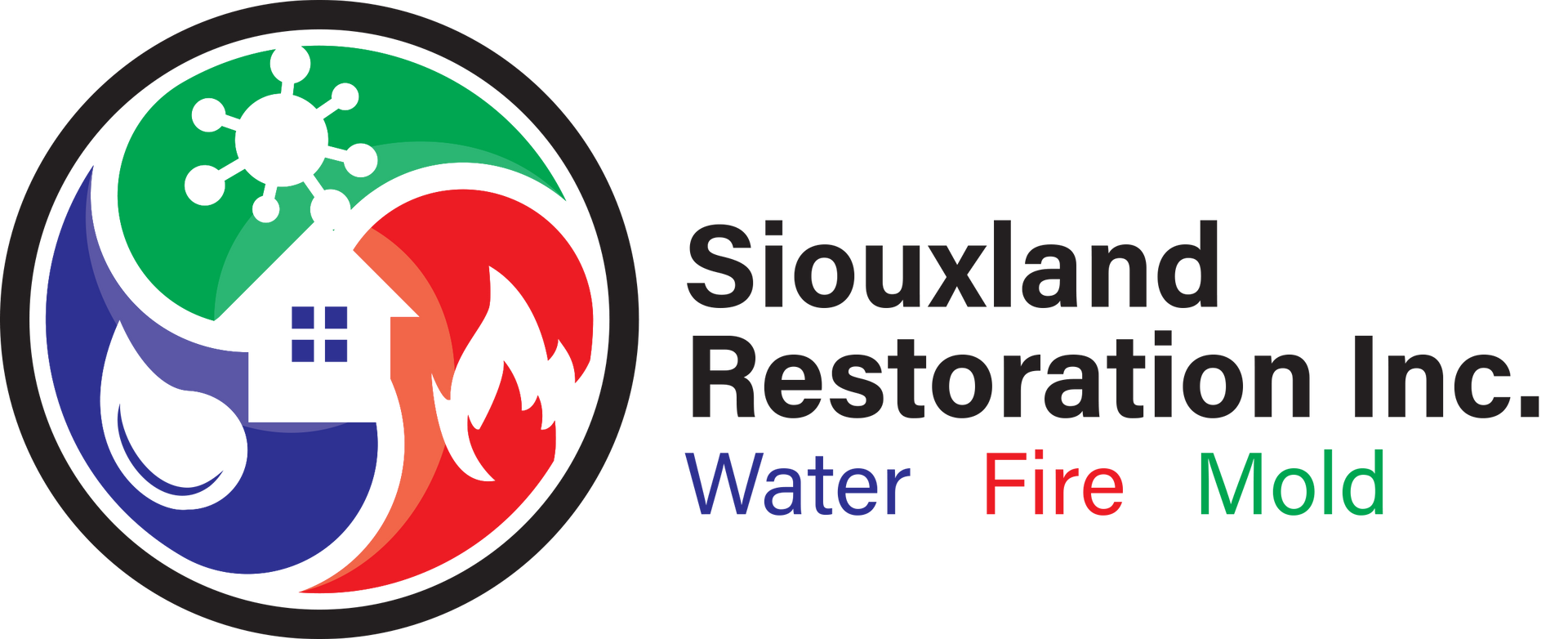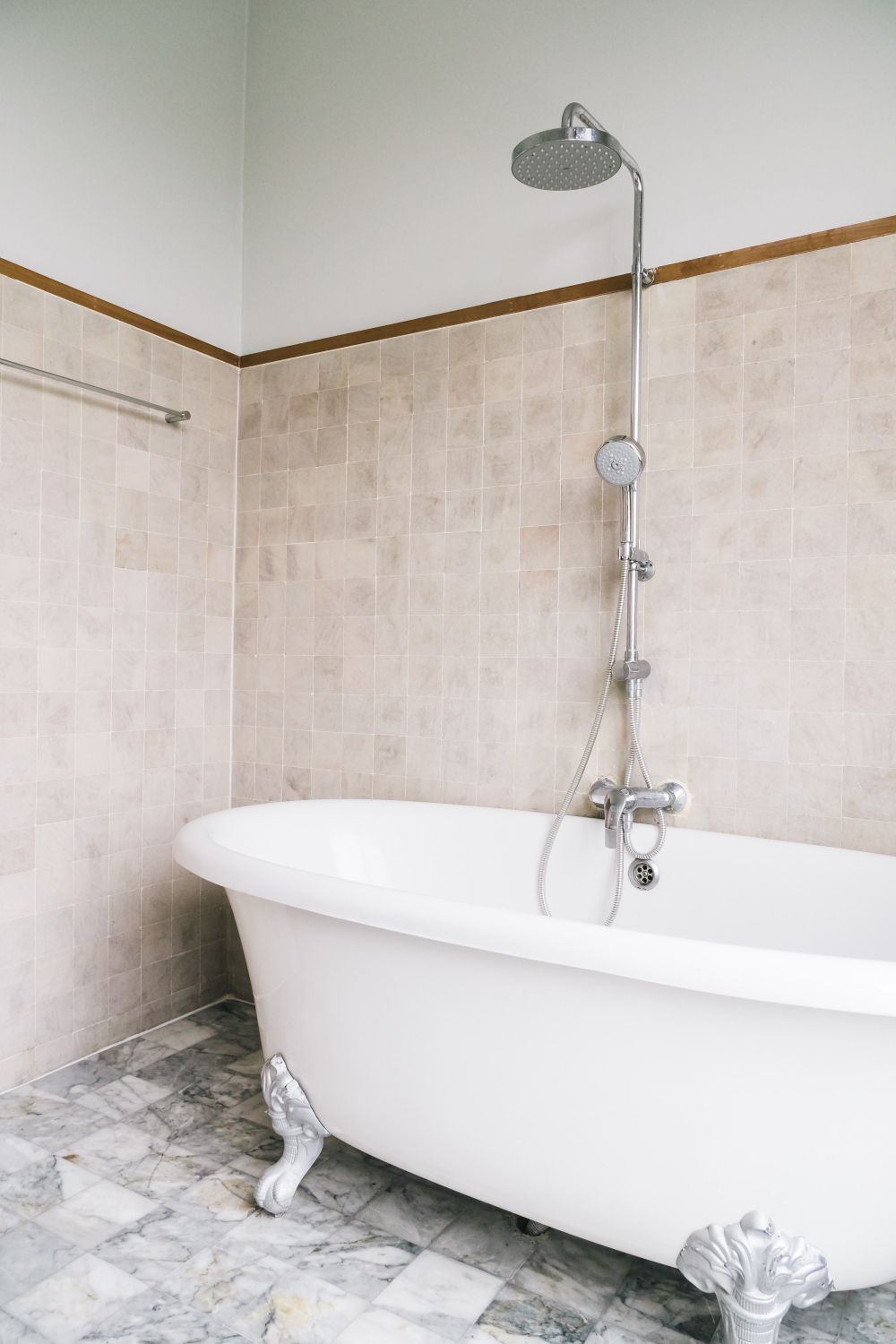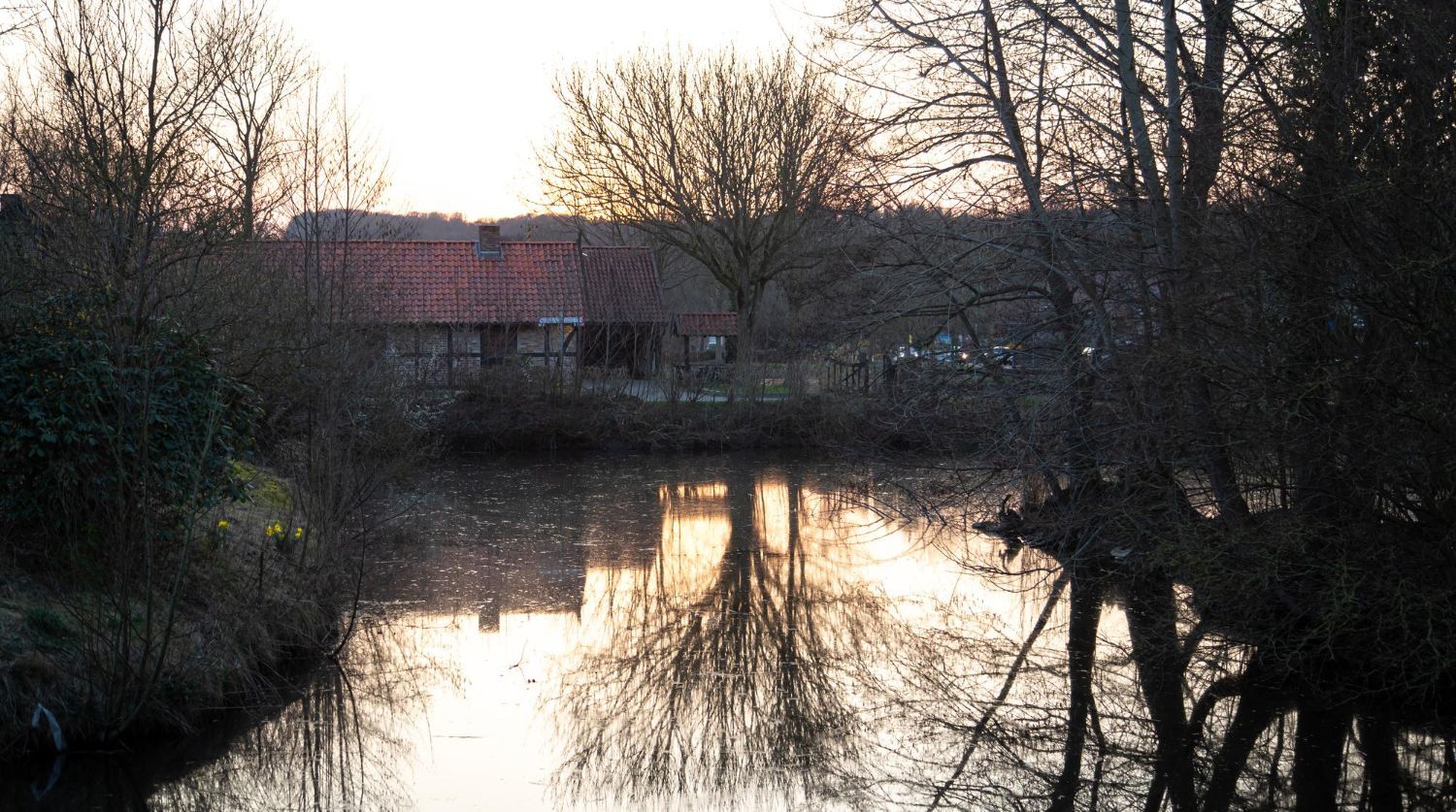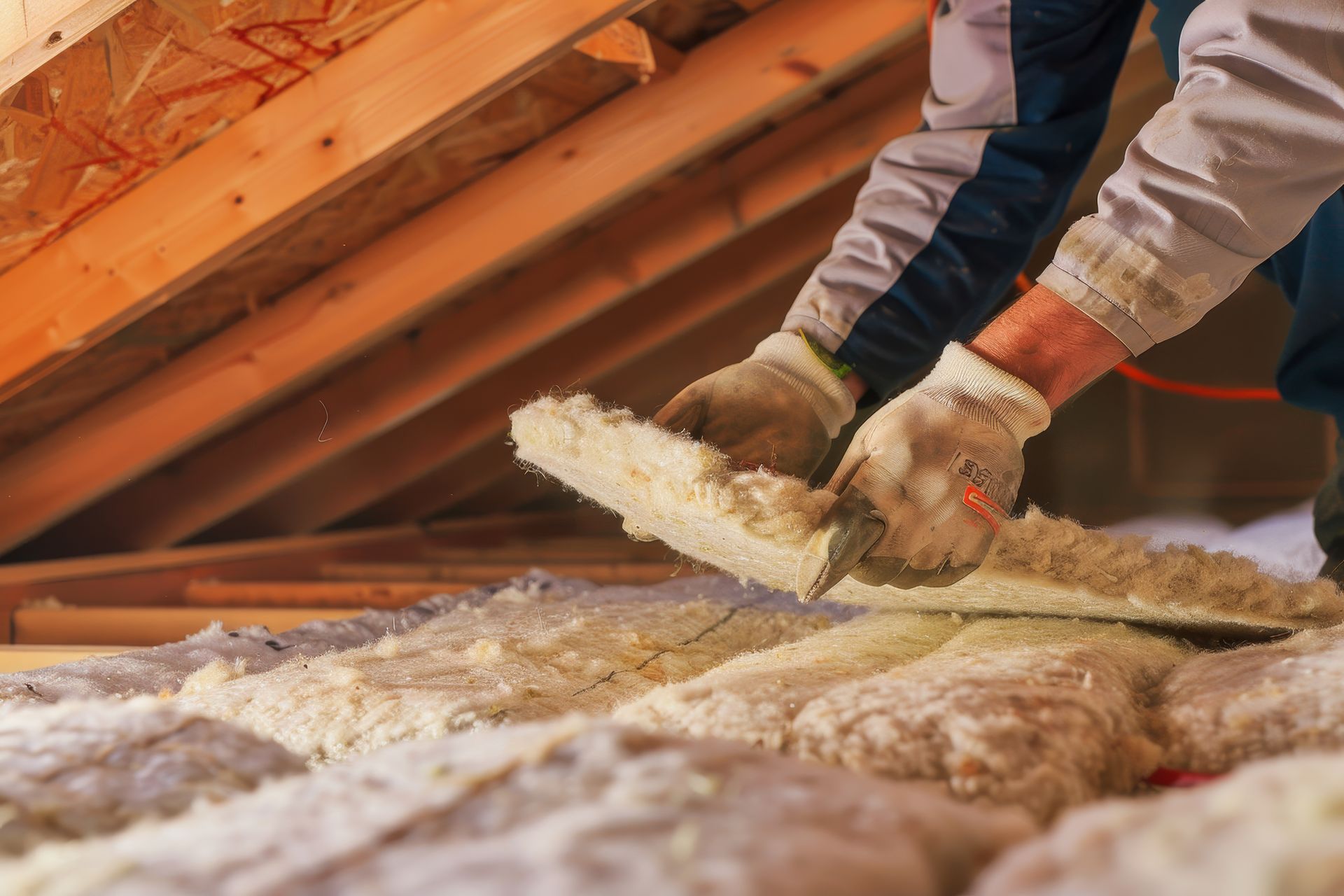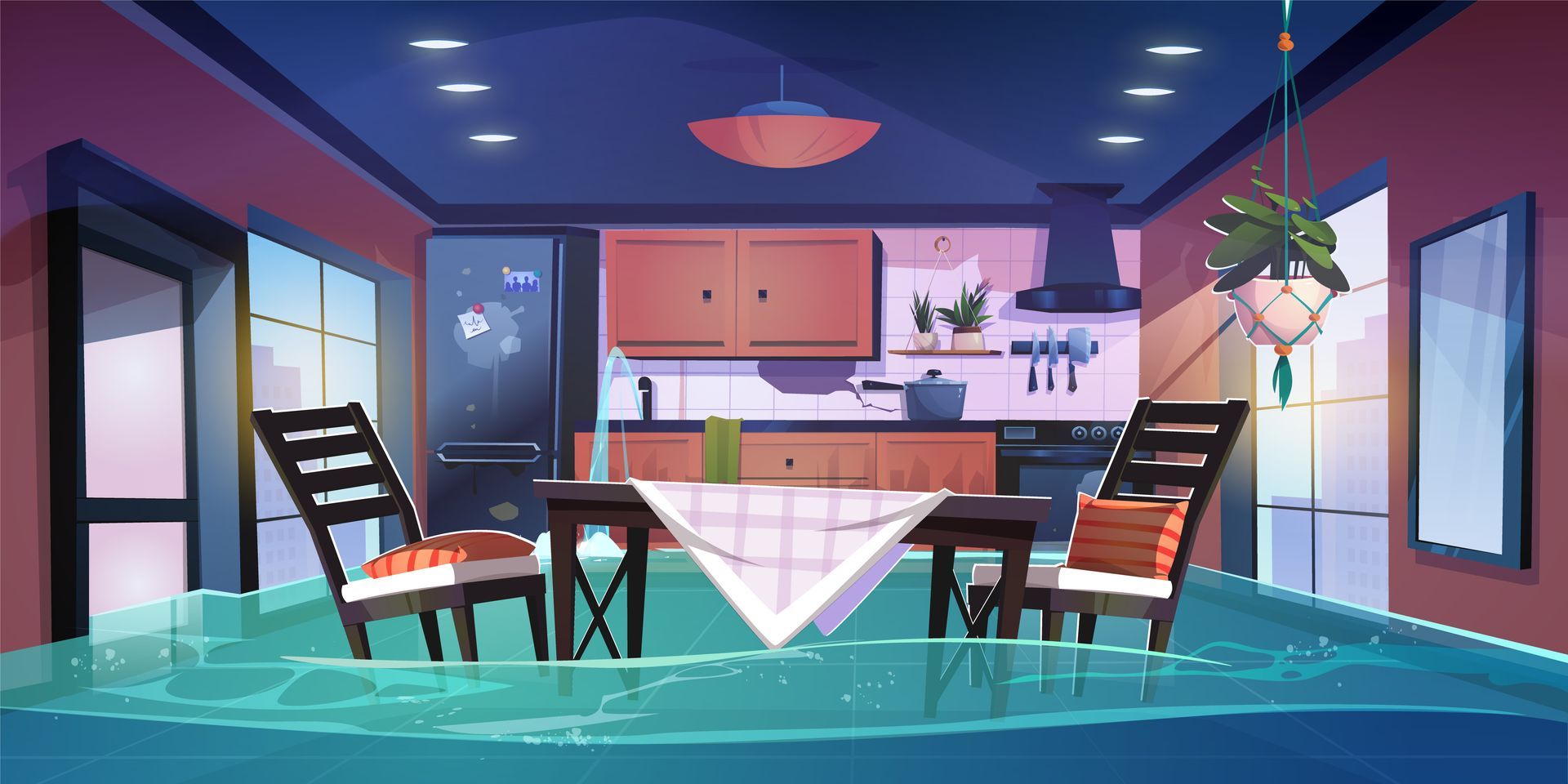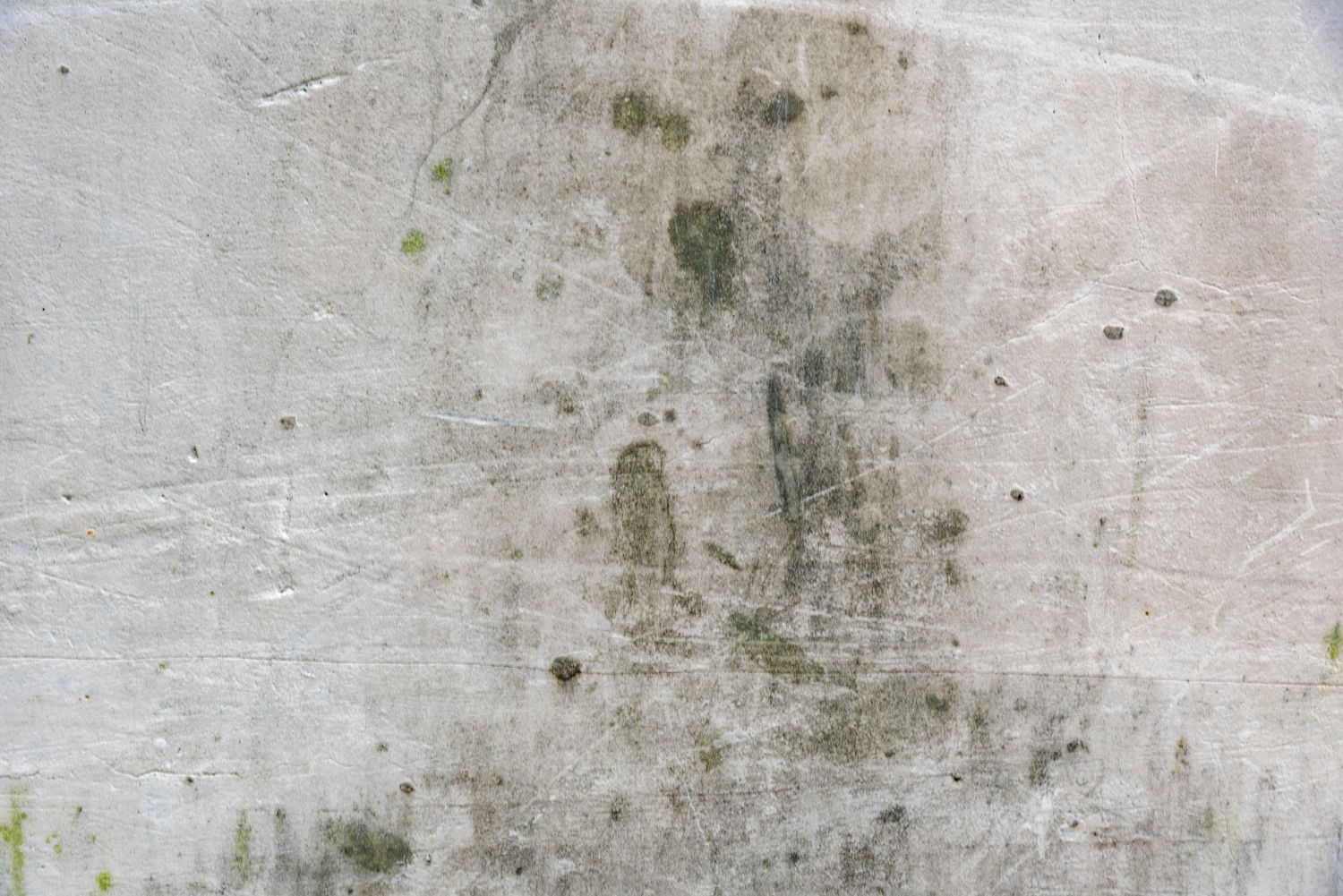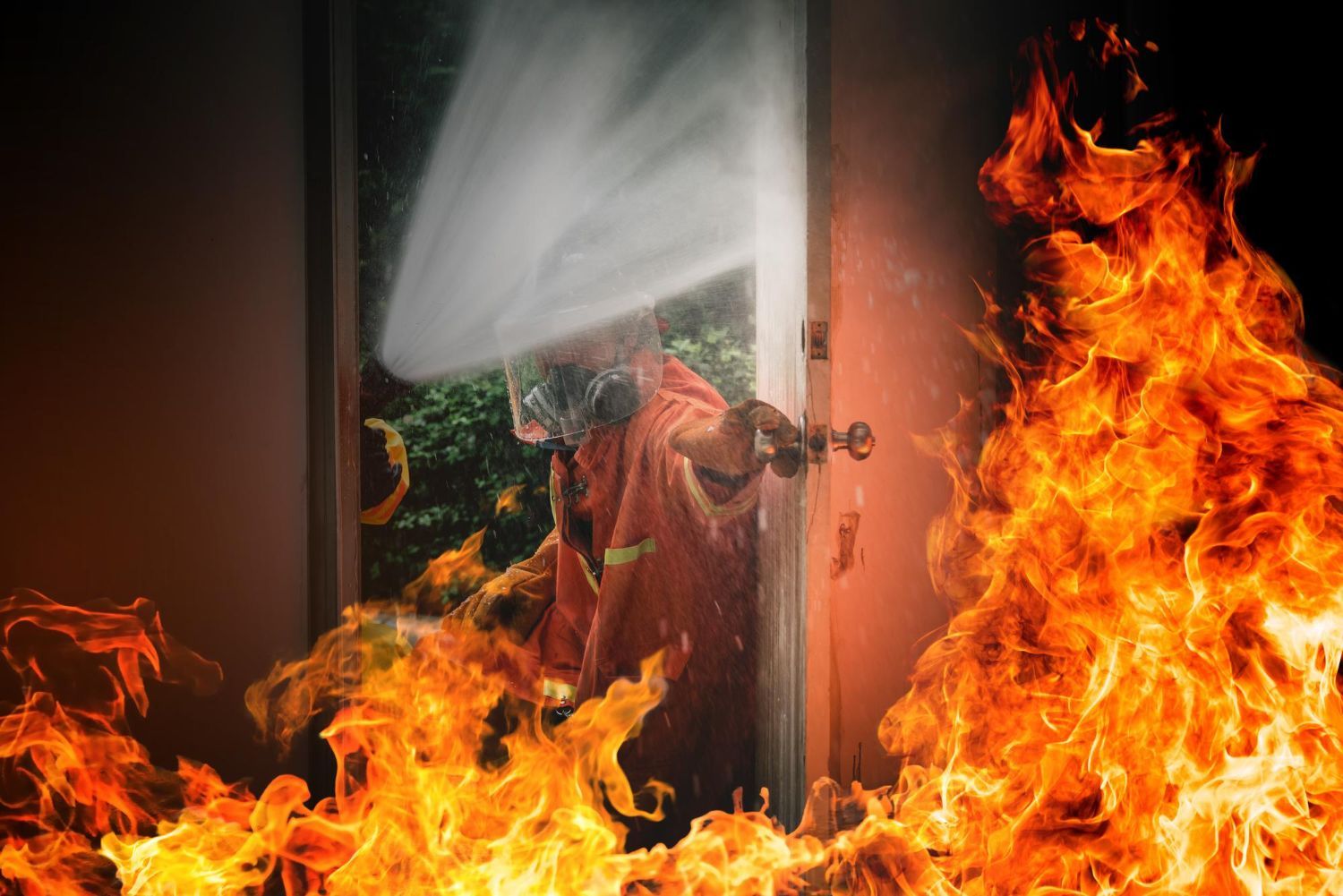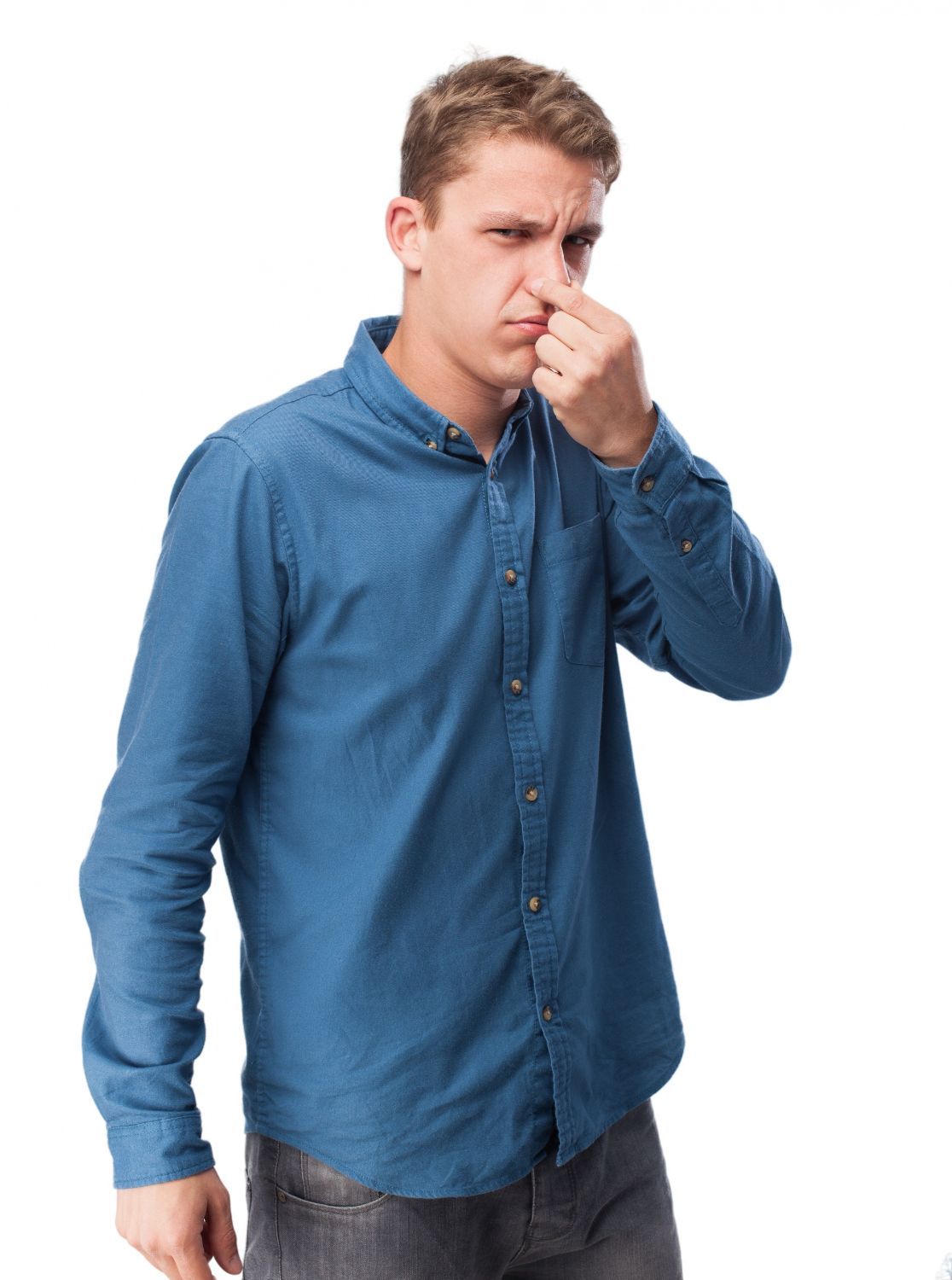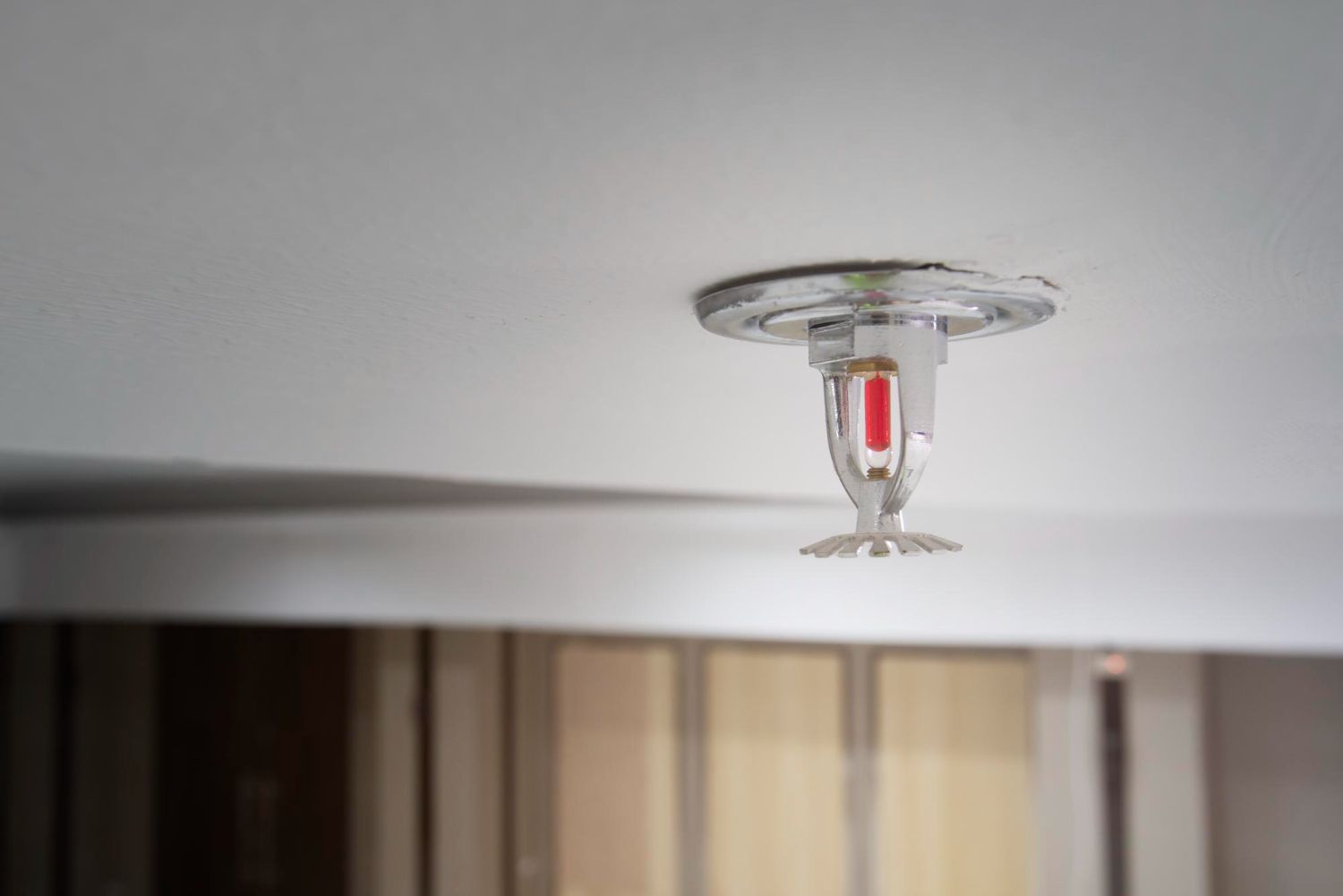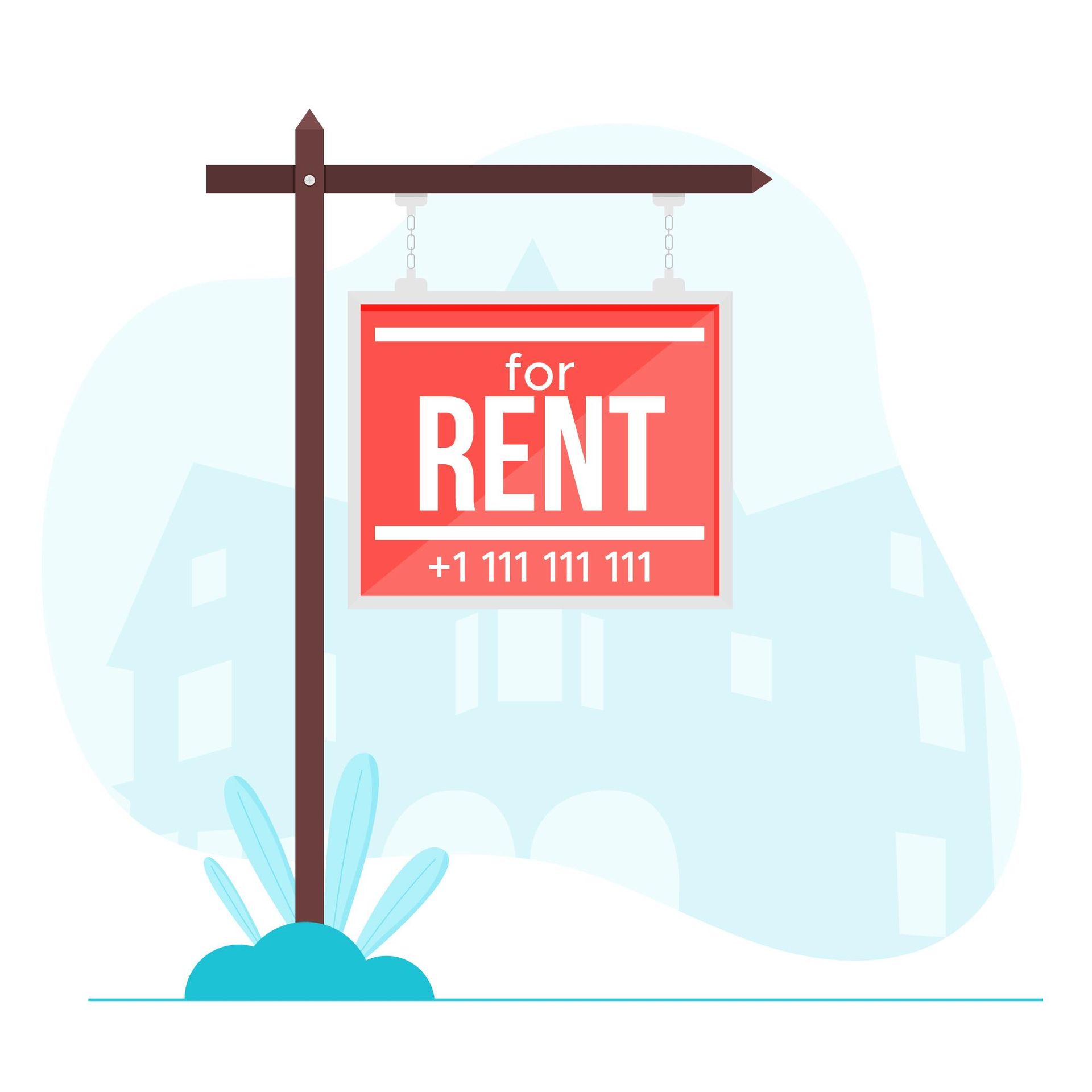What Does a Mold Inspection Consist Of?
What Does a Mold Inspection Consist Of?
Siouxland Restoration Inc. | Sioux City, IA
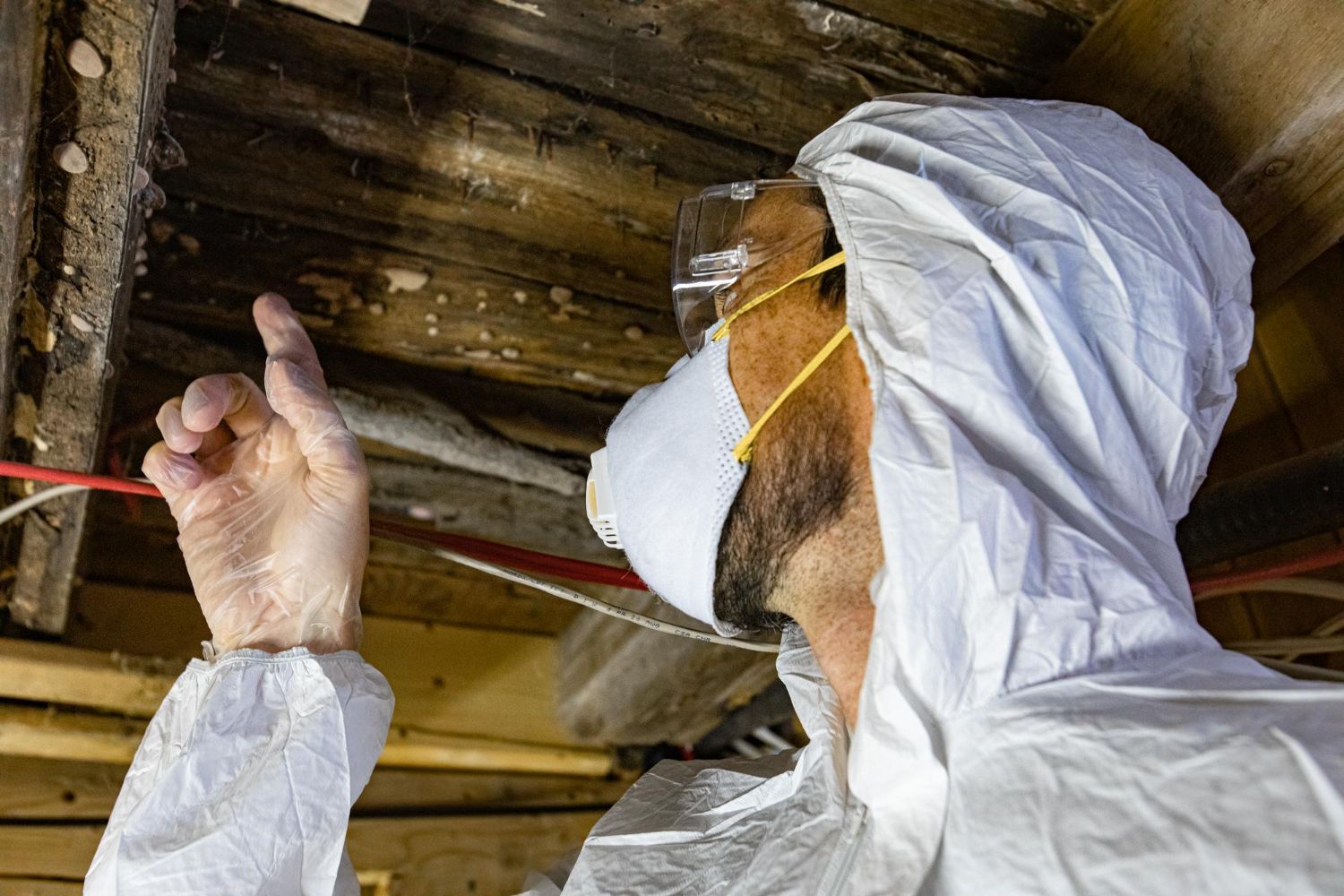
If you suspect mold in your home, you may be wondering: “What exactly happens during a mold inspection?” Mold can grow quietly behind walls, under flooring, or inside bathrooms, often going unnoticed until it spreads. A professional mold inspection is the first step toward identifying the problem, understanding the scope of contamination, and creating a safe plan for removal.
Here’s what you can expect during a professional mold inspection:
1. Initial Consultation and Discussion
The process begins with a conversation. A technician will ask about:
- Any visible signs of mold you’ve noticed
- Musty odors in the home
- Recent water damage, leaks, or flooding
- Allergy or respiratory symptoms affecting your household
This helps the inspector understand possible sources of moisture and mold growth.
2. Visual Assessment of the Property
A thorough walk-through of your home comes next. Inspectors look for visible mold growth, water stains, condensation, and structural issues. Common inspection areas include:
- Bathrooms and kitchens
- Basements and crawlspaces
- Attics and HVAC systems
- Window frames, ceilings, and walls
They’ll also note humidity levels and ventilation concerns that encourage mold.
3. Moisture and Leak Detection
Since mold thrives in damp environments, moisture meters, infrared cameras, and hygrometers may be used to identify hidden water damage. Detecting leaks behind walls, under flooring, or near plumbing systems is critical to stopping mold at its source.
4. Air and Surface Sampling (If Needed)
In some cases, inspectors collect samples to confirm the type and concentration of mold present. These may include:
- Air samples to test indoor air quality
- Surface swabs or tape lifts from visible mold patches
- Bulk samples of materials (like drywall) if deeper testing is required
Lab results help determine whether mold levels exceed safe limits and identify specific species, such as black mold (Stachybotrys chartarum).
5. Detailed Findings and Report
After the inspection, you’ll receive a comprehensive report outlining:
- Areas of confirmed or suspected mold growth
- Sources of excess moisture
- Lab results (if testing was performed)
- Recommended remediation steps
6. Next Steps: Mold Remediation
If mold is detected, the inspector will recommend remediation. This may involve containment, HEPA vacuuming, antimicrobial treatments, and full removal of contaminated materials. A follow-up inspection ensures the mold problem is completely resolved.
Final Thoughts
A mold inspection is more than just a quick look around—it’s a systematic process that identifies hidden growth, pinpoints moisture problems, and gives you a clear path toward remediation.
If you’re concerned about mold in your home, scheduling a professional inspection is the safest way to protect your health and your property.

